Pioneering Italian furniture manufacturer Sormani was founded in 1961 in Arosio by designer Luigi Sormani (1932-2017). The company was an early advocate for modernized production techniques—rejecting the slow, traditional craftsmanship and hardwoods that were so commonly used in the 1950s in favor of new materials like Rio Rosewood—imported first by Sormani—lacquered wood, and eventually plastic and aluminum in the 1960s and '70s.
Sormani debuted its first collection at the 1961 Milan Furniture Fair. This collection, known as Fleeting by Studio ABC, was one of the first modular systems of wardrobes. In 1966, Sormani began producing thermoformed items, such as armchair shells, accessories, and occasional pieces with the use of molds—a technology derived from the automobile industry that, at the time, was only being used for electrical household appliances. The Nike and Auriga armchairs by Richard Neagle are prime examples.The same year, Sormani became the first to experiment with extruded aluminum with the Ellisse Collection (1967) by Claudio Salocchi. During this time, Sormani also expanded into the US and Japanese markets, where they found instant success. In 1968, Sormani began a collaboration with architect-designer Gio Ponti, which resulted in a range of colorful, modular, multi-purpose storage units.
In the early 1970s, Sormani continued to pride itself on its dedicated search for and analysis of different opportunities offered by the newest materials. With the establishment of an engineering division in the early 1980s, Sormani carried out several turnkey projects, operating on all levels of residential and contract engineering and architecture, including complete restoration and interior decoration of hotels, offices, banks, government buildings, universities, and the like.
Over the years, Sormani collaborated with many important Italian designers including Joe Colombo, Gio Ponti, Carlo De Carli, Claudio Salocchi, Cesare Casati, Emanuele Ponzio, Nani Prina, Antonello Mosca, Fabrizio Cocchia, Gianni Songia, De Pas, D’Urbino, & Lomazzi, Studio A.R.D.I.T.I., Studio ABC (Achilli, Brigidini, Canella), Richard Neagle, and Pierre Cardin, among others. Standout projects include the GS 195 Daybed by Gianni Songia (1963), the DC 154 Dresser by Carlo De Carli (1963), Joe Colombo’s Rotoliving Unit (1969) for MoMA’s 1972 exhibition Italy: The New Domestic Landscape, and the Ponte Floor Lamp by Studio A.R.D.I.T.I. and Gianni Gamberini (1971).
Sormani was awarded the Silver Printing-Press prize for its advertising campaign in 1970, the Torchio d’Argento for the best advertising campaign with ATA advertising agency, the Mercurio d’oro for best company (both in 1971), and the Delfino d’oro premio Città di Sanremo in 1972. Sormani’s work can be found in many famous museums around the world including New York’s Museum of Modern Art and the National Museum of Modern Art in Kyoto.
After Luigi Sormani was kidnapped in 1982, he directed the company to be more and more active in contract work abroad. Sormani officially stopped working in 2007. His last project was the restoration of a series of light fixtures, tables, and bookshelves that he had rediscovered in a company storage space after two decades.
Sormani passed away in 2017, at the age of 84, in Seveso, Monza Brianza.
His daughter, Gloria, recently restored some of the most important pieces in the family's collection and reclassified the whole archive, which includes photos, video, and audio reels as well as original drawings from the designers.
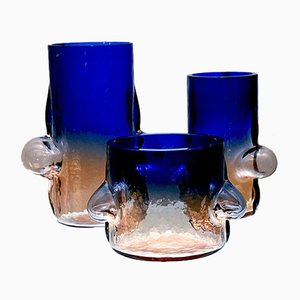


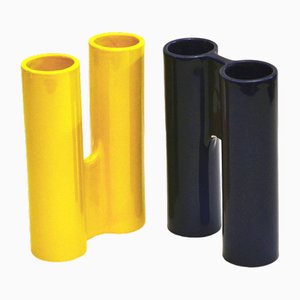
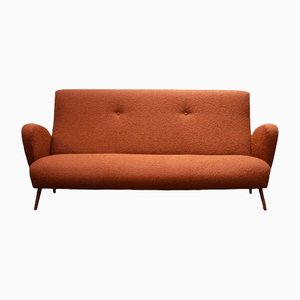

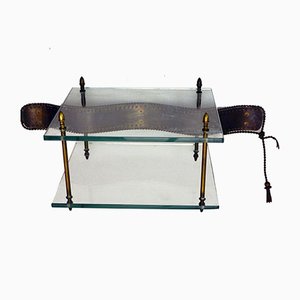
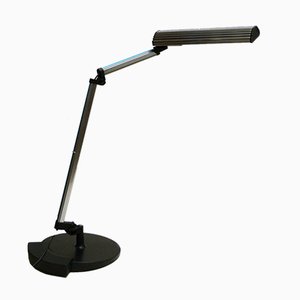
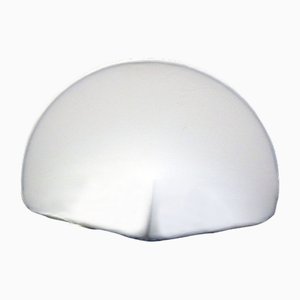
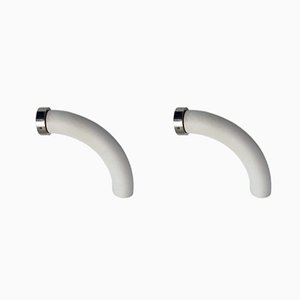

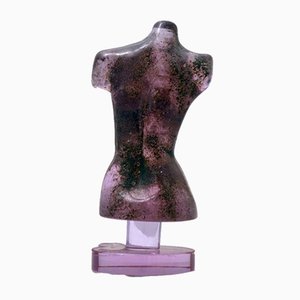
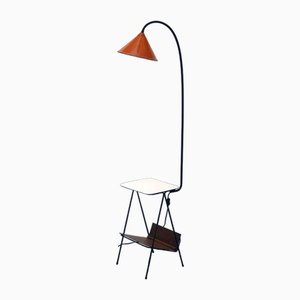
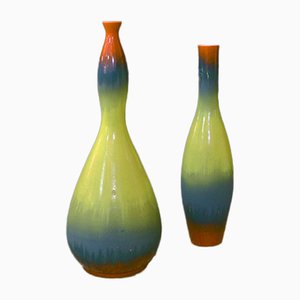
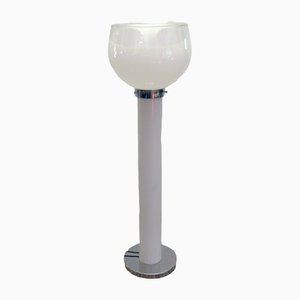
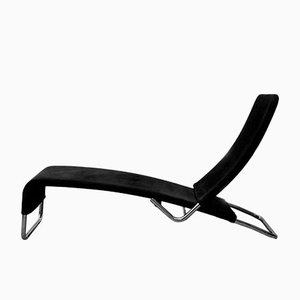
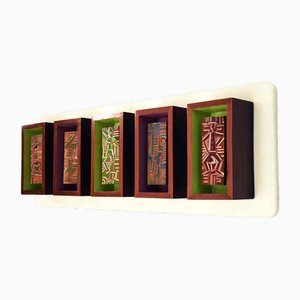
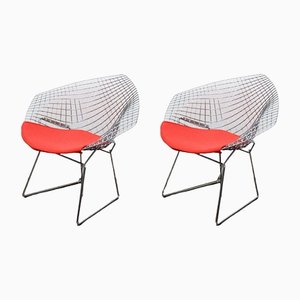
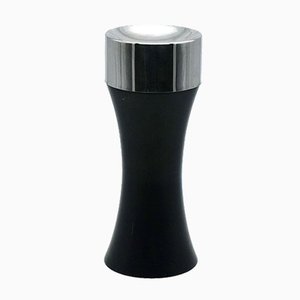
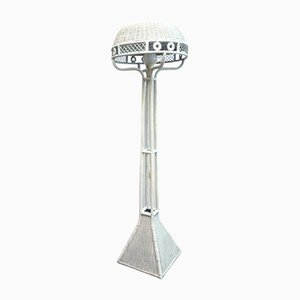
Schreiben Sie uns
Ein Angebot machen
Uns ist aufgefallen, dass Sie neu bei Pamono sind!
Bitte akzeptieren Sie die Allgemeinen Geschäftsbedingungen und die Datenschutzerklärung
Schreiben Sie uns
Ein Angebot machen
Fast geschafft!
Um die Kommunikation einsehen und verfolgen zu können, schließen Sie bitte Ihre Registrierung ab. Um mit Ihrem Angebot auf der Plattform fortzufahren, schließen Sie bitte die Registrierung ab.Erfolgreich
Vielen Dank für Ihre Anfrage! Unser Team meldet sich in Kürze bei Ihnen zurück.
Wenn Sie Architekt*in oder Inneneinrichter*in sind, bewerben Sie sich hier um dem Trage Program beizutreten.